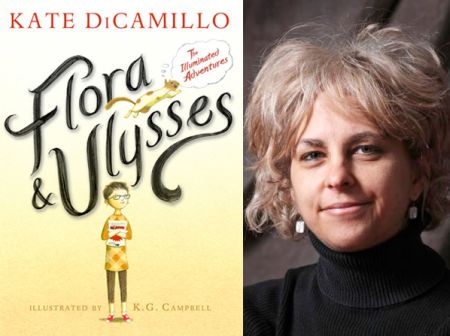
interview by Anne Tews Schwab for writeforkids

(Paid subscriber to Children’s Book Insider? See the bottom of the post for bonus content!)
As she gracefully accepted her Newbery Medal on June 29, 2014, Ms. Kate DiCamillo spoke about her mother’s role in the creation of her award-winning book, Flora and Ulysses: The Illuminated Adventures, and how her mother influenced the book in general and inspired the use of one word in specific.
The word? Capacious.
This is not a simple word. It is not a well known word. It is not a typical young reader word, and yet it is a word that fits perfectly in its own unique way in a story about a girl and a squirrel and a vacuum cleaner.
Many writers of chapter books would not dare use such a word, following instead the typical directive to keep the vocabulary simple, but Ms. DiCamillo is anything but typical. She is daring and bold, wise and witty, strong and complex and a true champion of reading and writing and story sharing across and between children, tweens, teens and adults.
We had the good luck to catch up with Ms. DiCamillo recently to congratulate her and to dig into the details of her writing process. She graciously shared with us details about her own writing process, and offered tips and suggestions for other writers currently writing for children and young adults.
Read on and prepare to be inspired by Ms. DiCamillo’s capacious imagination.
writeforkids: First of all, congratulations on your amazing accomplishments in the wonderful world of writing books for children and young adults!
From being named National Ambassador for Young People’s Literature for 2014–2015, to winning the Newbery Medal for Flora and Ulysses: The Illuminated Adventures, to a slew of other awards for a variety of wildly popular books that consistently hit top seller lists, you are a shining light of writerly energy and joy!
I am proud to know you, and excited to interview you, and learn more about the who, what, where, when, why and how of your writing process, specifically as it relates to your experiences publishing books for young readers.
Typically, chapter books are geared towards readers ages 7-10. As an author who has written for a wide variety of age ranges, what do you find most challenging about writing for this particular age group?
Kate DiCamillo: I find it challenging to write for any age group. I just flat-out find it challenging to write. That said, I never think about writing for a particular age. I just think about telling the story that I need to tell. My work is to find the rhythm, the voice, of the story.
So, as you work to find this rhythm and voice of your story, do you step aside at any point to create a story map, a general guide, or a specific, point by point outline? Are there any differences here in relation to planning and outlining depending on the age range of the story is emerging? (For example, is your process different for younger books such as Flora and Ulysses as opposed to middle grade/YA books such as The Tiger Rising?)
Eep. See above. There is no difference in how I approach them. And I never outline. If I figure out what happens in advance in story (that is, if I sit down and plot it all out before I begin) I don’t have any interest in writing it.
As a writer and a reader, I couldn’t agree more! Knowing how the story ends, can take some of the zing out of it for sure, but even so, we often crave to re-read stories that resonate and share these stories with friends, family and even strangers. As you have said before, “stories connect us,” and many of your tales speak to the truth of this statement.
The stories you spin are multilayered romps and reflections involving the complexities of growing up in a confusing world while incorporating casts of colorful characters.
In order to create these complex tales, do you typically begin with plot or character? And do your characters spring into your head fully developed, or are they a result of careful stitching, a patchwork quilt created by time and concentration?
It is always, always character for me. Plot evolves as a result of the characters. I write multiple drafts of each work, slowly finding my way through what happens and how it happens.
As you find your way through the what and the how of the events of the story, does the why come along naturally? In other words, how does the plot evolve from the characters to sparking ideas and on into first, second, third drafts, and on to the final copy? Are you focused completely on only the story at hand, or do you find that market needs intrude along the way?
The story plot is always a result of following the characters (for me, at least). I think about trying to tell the story well and true. I don’t think about what a particular demographic might need or want, because then I will mess the story up.
Some writers and researchers seem to be of the opinion that books for young readers should have somewhat predictable story lines. The thought is that this will encourage beginning readers by giving them immediate gratification when they correctly connect the story dots, and as a result motivate them to continue reading the story at hand. Do you think this is a valid point? Should stories for young reader be predictable?
Predictable, really? Hmmm. I don’t know. I don’t think a good story has to be predictable. I think a good story speaks to the heart more than anything else. A good story resonates, for any age group. Frog and Toad speaks to the human condition. For beginning readers. And for people in their 80’s.
I love Frog and Toad! The truth of their stories definitely resonate with readers of all ages, and the tight writing of those books set a wonderful example for writers in all genres. These books could serve as textbooks for writers, examples of what to do right in writing stories for all ages.
Do you have other examples or instructional tips for beginning, intermediate and advanced writers who are currently working on stories for younger readers as well as writers of middle grade and young adult fiction? Would you recommend that others follow your lead of beginning with character and letting the plot grow and bloom from there?
Every writer works in a different way. What works for one writer might not work for another. Some writers need outlines, others don’t. Some writers think in terms of character, others in terms of plot.
Could you share with us any other writerly tips, thoughts, and words of wisdom gleaned from your wealth of knowledge and hands-on experience within the field of writing for children and young adults?
And finally, could you possibly share with us your suggestions about how to discover the needs and wants of the publishing market today and how to find and develop relationships with agents and editors?
The best advice I can give a writer is to find some way to do the work that works for you. And also to find some way to put your heart on the page. Write like it matters. Don’t concentrate on the market; concentrate on your heart.
We are deeply grateful for your words of wisdom — as you’ve said, stories connect us, and your stories are superbly glue-worthy examples of connections forged through tall tales told well. Thank you!
Kate DiCamillo is the author of many books for young readers. Her books have been awarded the Newbery Medal (The Tale of Despereaux, 2004); the Newbery Honor (Because of Winn-Dixie,2001), the Boston Globe Horn Book Award (The Miraculous Journey of Edward Tulane, 2006), and the Theodor Geisel Medal and honor (Bink and Gollie, co-author Alison McGhee, 2011; Mercy Watson Goes for a Ride, 2007). She is the current National Ambassador for Young People’s Literature, appointed by the Library of Congress.
You can hear Kate DiCamillo deliver her 2014 Newbery Award acceptance speech for Flora and Ulysses here.
________________________________________________________________________________
Anne Tews Schwab is the author of Capsized: A Novel in Poems. Besides being a writer and poet, Anne is a musician, music teacher and music therapist, a sailor, squash player, skier and biker. She earned her MFA in Creative Writing for Children and Young Adults from Hamline University. Visit Anne on her website: www.piratepoems.com, where she posts a new pirate poem every day.
_______________________________________________________________________________
Want to learn how to write easy readers and early chapter books? If you’re an Insider, click on the button below to read “At a Glance: Writing Easy Readers and First Chapter Books” by Nancy I. Sanders, author of Yes! You Can Learn How to Write Beginning Readers and Chapter Books.
Not an insider yet? Click here and join today!
Tags: kate dicamillo, writing tips
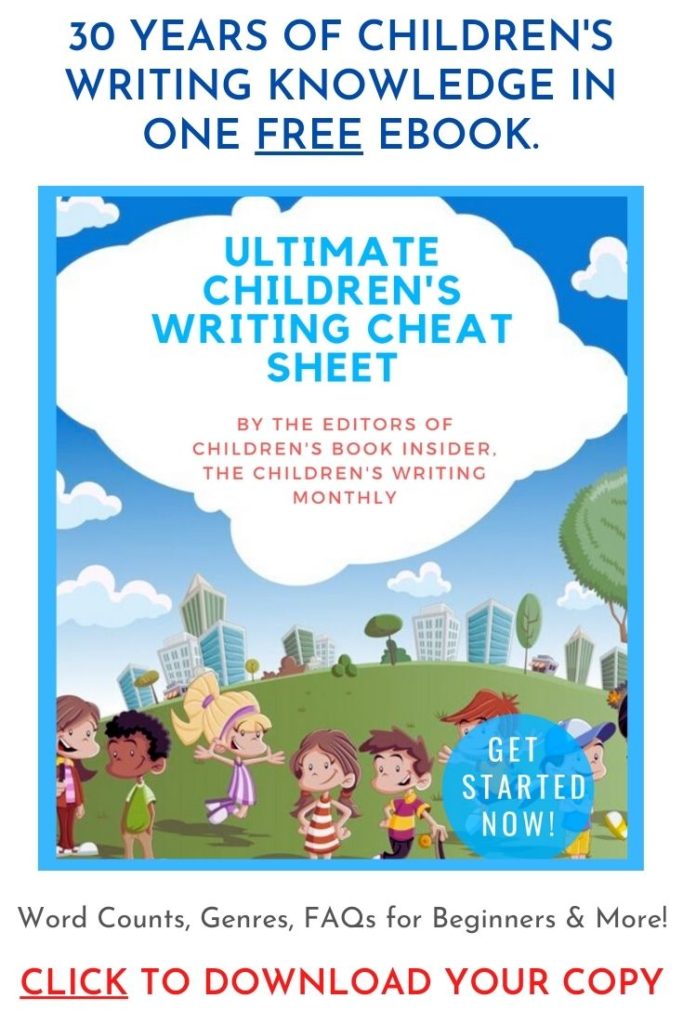
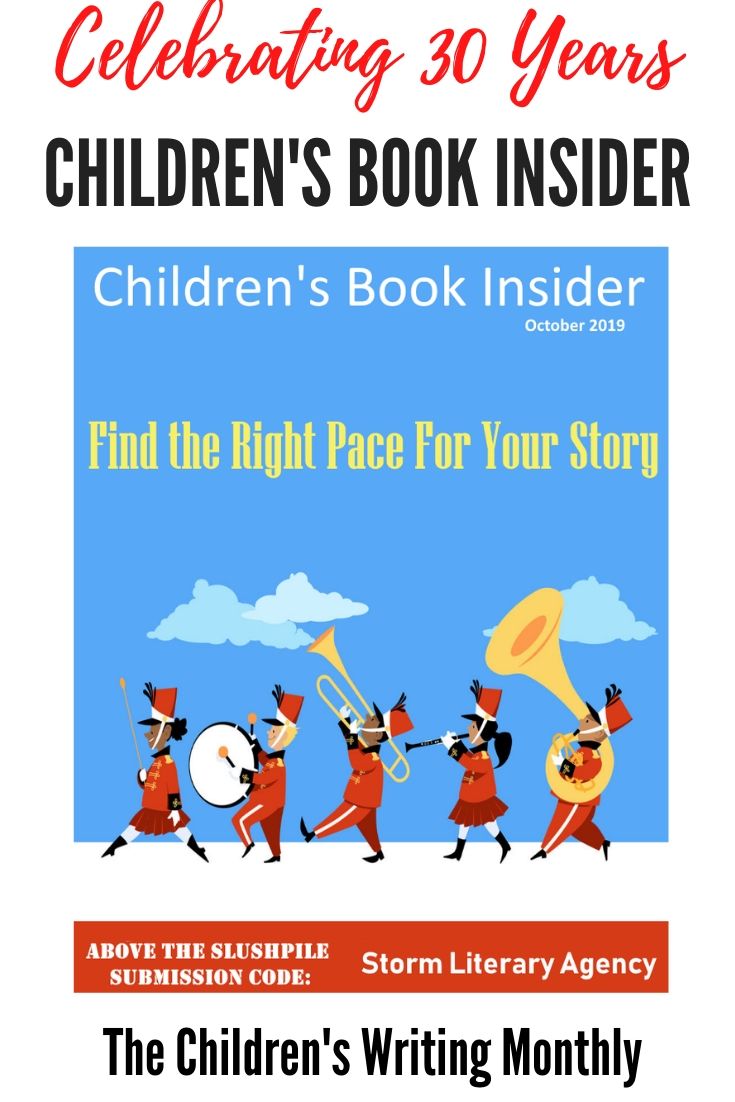
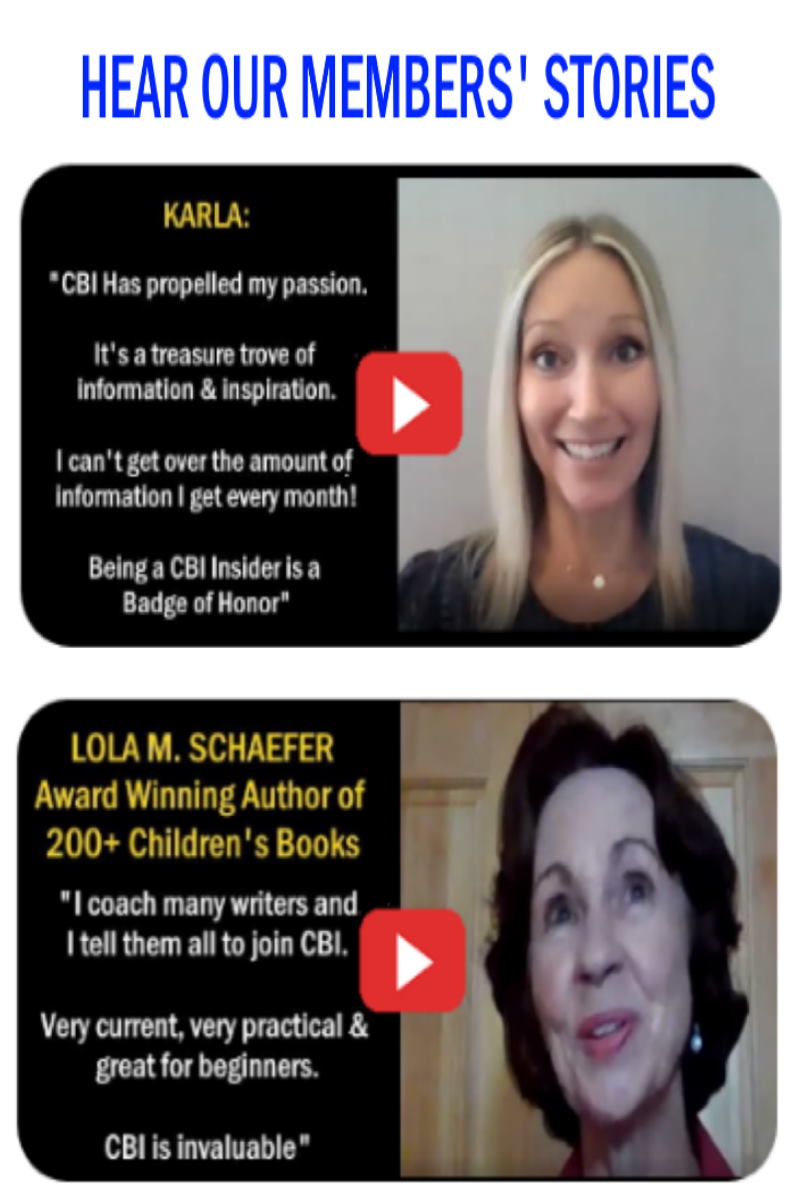
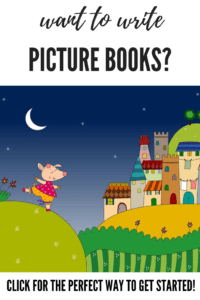


I liked this from a children author, Thanks
The interviewer asked multi-layered questions and didn’t allow for Kate to answer. I was shocked.
It was a written interview and Kate chose to answer the questions briefly. She’s very busy these days and we’re thrilled that she took some time out of her packed schedule to give us her thoughts on writing!
I loved it! “Follow your heart (character). I don’t plan — YES that’s what’s wrong. My story starts out great then I try to manipulate it so that it fits the rules. Excellent! “Follow the action, see where it leads.
THANK YOU so much Kate — I just needed to hear that affirmation — truly a capacious hand!!